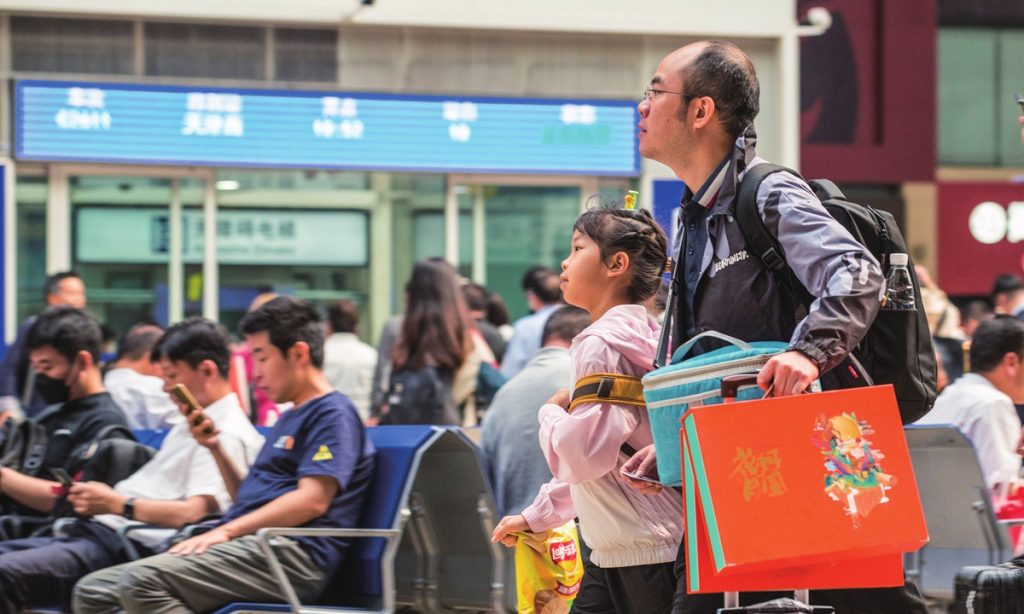China releases stimulus to boost tourism consumption on first day of Golden Week holidays, marked by record railway trips

China has released a number of measures to revive domestic tourism and further unleash consumption potential on the first day of the Golden Week holidays on Friday, on which the world’s second-largest economy has witnessed record railway trips, traffic and long queues outside tourist spots.
The series of rules covers a wider range of areas including enhancing high-quality tourism products and services, expanding marine tourism products, optimizing tourism infrastructure investment, increasing international flights, offering convenience for inbound tourism and expanding financing channels for tourist enterprises, according to a report from the Xinhua News Agency, citing a document from the State Council.
The stimulus measures aim to further meet the people’s aspirations for a better life, and leverage the significant role of the tourism industry in advancing economic and social development, the report said.
Stimulus targeting the tourism industry is being launched at a critical time, when Chinese authorities have been ramping up efforts to shore up confidence and stabilize growth as the world’s second-largest economy has seen signs of recovery over the past months.
Analysts have expected a surge on consumption during the Golden Week holidays, which falls from Friday to October 6, it’s China’s longest public holiday this year.
Traffic is quite busy. On the first day of the eight-day holidays, the national railway network is experiencing its peak passenger flow, with roughly 20.2 million trips are made on this day. A total of 12,508 passenger trains are scheduled to operate, including 1,841 additional trains added to accommodate the surge in passenger demand on the day.
Specifically, the railway network in the Yangtze River Delta region, one of China’s most economically dynamic areas, is expected to see 3.5 million trips on Friday, an increase of 60 percent compared with the same time in 2019.
In response to the high passenger volume during this travel peak, the railway authorities said they are making every effort to tap into the transportation potential, maximize capacity, and ensure that the travel needs of the passengers are met to the best extent possible.
In terms of commercial aviation, more than 21 million travelers will take flights in the span of eight days, with the aviation meal production workshop is operating 24 hours a day to ensure a sufficient meal supply during the holiday period, according to a report from ThePaper.cn.
The official start of the eight-day holidays goes hand in hand with the peak of tourism season nationwide. Data from travel agencies showed that during this holiday period, the popularity of long-distance travel products, primarily to destinations like Xinjiang Uygur Autonomous Region, Southwest China’s Xizang Autonomous Region, and Yunnan Province, have seen a year-on-year increase of over 300 percent.
Long-distance group tours have become a rising trend, with no decrease in the popularity of major cities, and lesser-known places are also gaining attention. Furthermore, the entertainment industry has seen “retaliatory growth” this year, with consumers showing a sustained enthusiasm for attending shows. “Traveling with performances” has become a new trend for holidaymakers.
The film industry has also rebounded. As of 5:50 pm on Friday, the box office for the 2023 National Day holiday season has exceeded 300 million yuan ($41.11 million), according to data from online ticketing platform Maoyan.